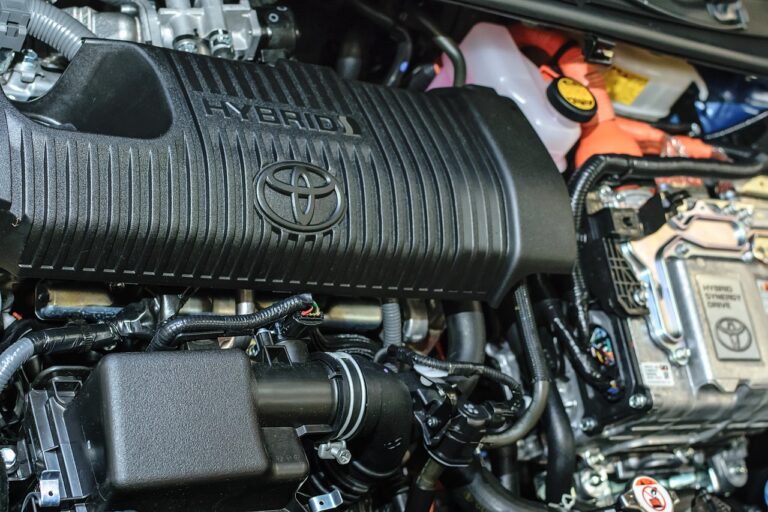How to Maintain Your Cars Electrical Components: 11xplay pro, Tiger 247 login, Betbook
11xplay pro, tiger 247 login, betbook: Owning a car comes with its fair share of responsibilities, one of which is maintaining its electrical components. With the increasing reliance on technology in modern vehicles, ensuring that your car’s electrical system is in top shape is crucial for smooth operation and longevity of your vehicle. In this blog post, we will discuss some tips on how to maintain your car’s electrical components to keep your vehicle running smoothly.
Regularly Inspect the Battery
The battery is the heart of your car’s electrical system, providing the necessary power to start the engine and operate various electrical components. Regularly inspecting the battery for signs of corrosion, leaks, or loose connections is essential for preventing unexpected breakdowns. Make sure to clean the battery terminals with a wire brush and a mixture of baking soda and water to remove any corrosion buildup.
Check the Alternator
The alternator is responsible for charging the battery and powering the electrical system while the engine is running. A faulty alternator can lead to a dead battery and electrical component failures. Regularly checking the alternator for signs of wear and tear, such as unusual noises or dimming headlights, can help you avoid costly repairs down the line.
Inspect the Wiring
The wiring in your car acts as the nervous system, connecting all electrical components and ensuring seamless operation. Inspect the wiring harness for any signs of damage, such as fraying or exposed wires. Make sure to repair or replace damaged wiring to prevent electrical shorts and potential fires.
Test the Fuses
Fuses protect your car’s electrical system from power surges and prevent damage to sensitive components. Regularly test the fuses in your car using a multimeter to ensure they are still functioning properly. Replace any blown fuses with the correct amperage rating to prevent electrical issues.
Maintain the Lights
Headlights, taillights, and turn signals are essential safety features that help you see and be seen on the road. Regularly inspect and replace any burnt out bulbs to ensure optimal visibility while driving. Additionally, clean the headlights and taillights to remove dirt and grime buildup that can reduce light output.
Check the Spark Plugs
Spark plugs play a crucial role in igniting the air-fuel mixture in the engine cylinders, allowing your car to start and run smoothly. Inspect the spark plugs for signs of wear, such as carbon deposits or worn electrodes, and replace them as needed. Clean the spark plug wires and terminals to ensure a strong electrical connection.
FAQs
Q: How often should I inspect my car’s electrical components?
A: It is recommended to inspect your car’s electrical components during routine maintenance checks, which typically occur every 6 months or after every 10,000 miles.
Q: Can I replace my car’s battery on my own?
A: While replacing a car battery can be done at home, it is recommended to seek professional help to ensure the correct installation and disposal of the old battery.
Q: What are the signs of a failing alternator?
A: Signs of a failing alternator include dimming headlights, unusual noises coming from the engine bay, and a dead battery.
In conclusion, maintaining your car’s electrical components is essential for ensuring your vehicle’s reliability and safety on the road. By regularly inspecting and servicing the battery, alternator, wiring, fuses, lights, and spark plugs, you can prevent costly repairs and breakdowns. Remember to follow the tips outlined in this blog post to keep your car running smoothly for years to come.







